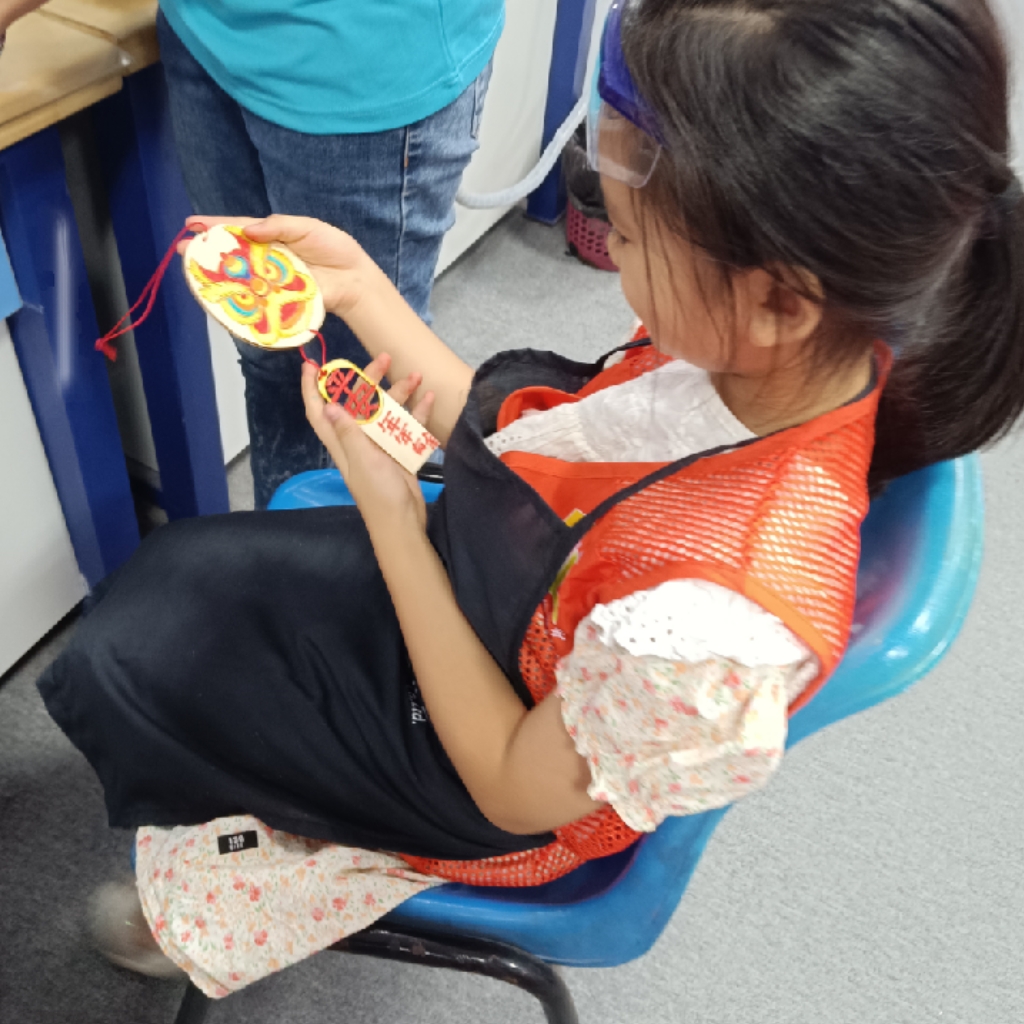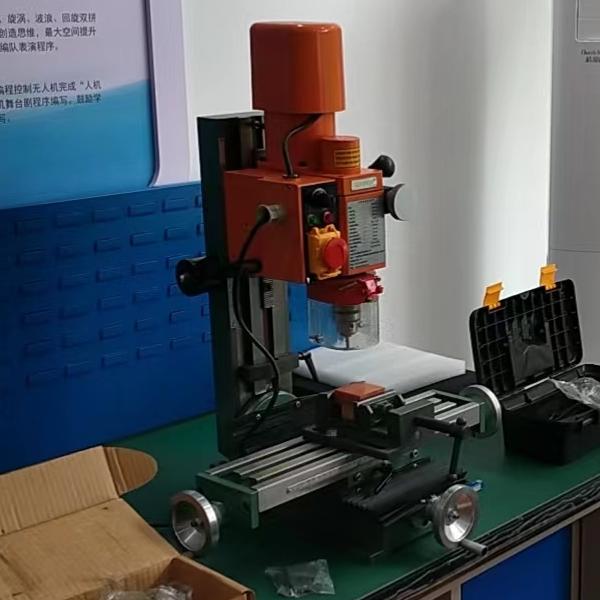Blog
Xendoll has 22 years of experience in the production of small machine tools. We will help you choose the suitable machine and share our experience in CNC machining with you.
 Sep 03, 2025
Sep 03, 2025

 558
558
For anyone passionate about machining, from seasoned professionals to curious hobbyists, the allure of a CNC mini lathe is powerful. These compact, precision machines represent the exciting intersection of traditional craftsmanship and modern digital technology. But two critical questions always arise for those considering the plunge: How difficult is it to learn? and perhaps more importantly, How useful will it actually be?This article will demystify the CNC mini lathe, breaking down the reality of the learning process and showcasing its immense practical value. Whether you're a mechanical加工爱好者 (machining enthusiast) looking to upgrade your workshop or a distributor seeking to understand the product's benefits, we have the answers.

Let's address the primary concern head-on: learning to operate a CNC mini lathe is not as difficult as it may seem. While it requires patience and a systematic approach, it is far from an insurmountable challenge. The journey can be broken down into manageable stages.
At the heart of every CNC machine is G-code, the programming language that tells the machine where to move, how fast to go, and which path to take. This is often the most intimidating part for beginners. However, for mini lathes, the programs are typically shorter and less complex than those for industrial-sized machines. Many modern software packages can generate this code for you visually, significantly reducing the initial barrier.
This is the real game-changer. You don't need to be a master programmer. Computer-Aided Manufacturing (CAM) software allows you to design your part in a user-friendly interface (or import a design from CAD software). The software then translates your design into the necessary G-code automatically. Learning the software is the key, and with countless tutorials available online, this process is highly accessible.
This involves physically setting up the machine: securing the material (workpiece), installing and aligning the cutting tools, and setting the workpiece origin (a process called "zeroing"). This requires careful attention to detail but is a hands-on, mechanical skill that is quickly learned through practice. Mini lathes like those from Xendoll Tools are designed with user-friendliness in mind, making this process straightforward.
You are not alone in learning. The maker and machining communities are incredibly supportive. Platforms like YouTube, forums, and dedicated websites offer a vast library of tutorials, troubleshooting guides, and project ideas. This collective knowledge makes solving problems and accelerating your learning curve easier than ever.
In summary on difficulty: The learning process is a structured journey from digital design to physical creation. While it requires dedication, the tools and community available today make it an achievable and rewarding pursuit for most motivated individuals.
The effort invested in learning is repaid tenfold by the machine's remarkable utility. A CNC mini lathe is not just a tool; it's a capability multiplier.
Once a design is programmed, a CNC mini lathe can reproduce identical parts with microscopic accuracy, time after time. This is impossible to achieve consistently with manual machining. This makes it perfect for creating intricate components for models, engines, clocks, or custom fasteners where precision is paramount.
CNC lathes excel at creating complex shapes—contours, tapers, and intricate profiles—that are extremely challenging or outright impossible to make manually. It unlocks a new world of design freedom, allowing you to bring truly unique creations to life.
For inventors, engineers, and small businesses, a mini lathe is an invaluable prototyping tool. You can quickly design, test, and iterate a component without the cost and delay of outsourcing. It's also perfectly suited for small-batch production runs, enabling you to manufacture dozens or hundreds of parts on demand.
For educational equipment distributors, this is a key selling point. CNC mini lathes provide students with hands-on experience in modern manufacturing, robotics, programming (STEM/STEAM), and design thinking. They bridge the gap between theoretical knowledge and practical application, preparing the next generation of engineers and technicians.
From crafting custom parts for vintage car restoration to creating bespoke pens, musical instruments, or chess pieces, the applications for hobbyists are endless. It transforms a hobby from assembly into true creation.
 0
0So, how difficult is a CNC mini lathe to learn? The answer is that it is a structured and manageable challenge. It is a learnable skill that blends basic programming knowledge with hands-on machining practice, greatly aided by modern software and a supportive community.
And how useful is it? It is exceptionally useful. It elevates your capabilities from simple manual work to precision digital fabrication. It serves as a powerful tool for education, a critical asset for prototyping and small-scale manufacturing, and a limitless canvas for creative expression.
For overseas machinery distributors and educational equipment dealers, products like those from Xendoll Tools represent a gateway to this world for your customers. They offer an accessible entry point into CNC technology without sacrificing performance or precision.
The initial investment of time to learn a CNC mini lathe opens the door to a new level of making. It’s a journey that is undoubtedly rewarding, empowering you to create almost anything you can imagine with stunning accuracy and efficiency.
Ready to explore the possibilities? Visit xendolltools.com to discover our range of high-precision, user-friendly CNC mini lathes and find the perfect model to start or upgrade your machining journey.



 Show all our samples
Show all our samples
 Provide you with a free quote
Provide you with a free quote
 Answer all the questions you may have
Answer all the questions you may have
 Guided installation and other options
Guided installation and other options